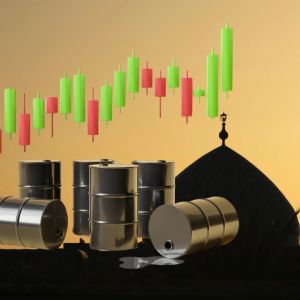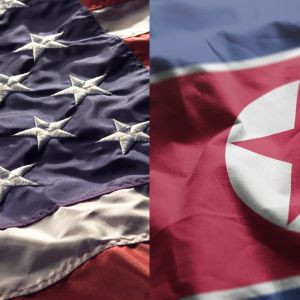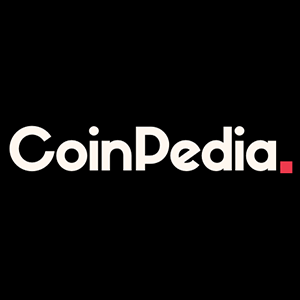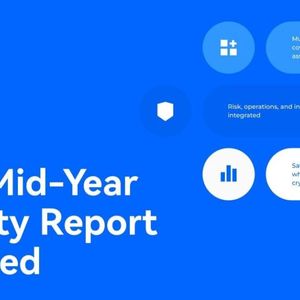Oil prices moved back over $67 a barrel after Saudi Arabia unexpectedly raised prices for its Arab Light crude sold to buyers in Asia, according to Bloomberg. The hike adds $1 per barrel, bringing the premium to $2.20 above the benchmark starting in August. The change came straight from Aramco, Saudi Arabia’s state oil firm and it landed at the same time eight OPEC+ members agreed to raise supply faster than anyone anticipated. Instead of the expected bump, the alliance is throwing an extra 548,000 barrels per day into the market in August. A further increase is now being looked at for September, depending on the outcome of the cartel’s August 3 meeting. The move came in the middle of peak summer demand, and it’s no coincidence. Aramco’s pricing move wasn’t meant to cool things down. If anything, it gave traders more reason to believe that the physical oil market is still tight. That view was backed up by Ole Hansen, head of commodity strategy at Saxo Bank, who said, “The decision to raise prices during the peak summer demand season signals that physical markets remain tight, suggesting the additional barrels can be absorbed… for now.” Traders had expected August output to match earlier months, 411,000 barrels daily, just like May, June, and July, but that didn’t happen. OPEC increases supply as Trump delays tariffs Instead, OPEC+ pushed out a far larger addition and signaled it might not stop there. Delegates confirmed that a September increase of another 548,000 barrels per day is being considered. The cartel issued a statement on Saturday, saying the decision was based on a “steady global economic outlook and current healthy market fundamentals.” They gave no signs of slowing down. And with demand still strong in both China and the United States, traders took the move as a direct response to market signals. Supply is up, prices are up, and Saudi Arabia is testing just how far they can take it. The news dropped just as President Donald Trump pushed back a key tariff deadline. The original cutoff, July 9, is now August 1, giving nations three more weeks to negotiate. The delay is giving temporary relief to Europe, which faced heavy tariffs on goods heading to the US, but the final outcome is still up in the air. Until there’s a deal or a breakdown, the uncertainty is sitting on top of the market. There’s also a bigger story here. For years, OPEC held back production to keep prices stable. Now they’re pumping again. Analysts like Hansen see this as a real change in strategy. Instead of holding back to defend price floors, they’re betting demand will hold steady long enough to flood the market and grab back market share. The physical tightness seen in key markets, especially during the summer driving season, is backing that view. Spot barrels are being snapped up. Traders react as physical market stays tight But not everyone is convinced it’ll last. Robert Rennie, head of commodity and carbon research at Westpac, said OPEC+ is “clearly taking advantage of a period of tightness in global energy markets” but added that seasonal demand is expected to fade soon. That’s when cracks could show. If demand slows down and supply keeps ramping, prices could reverse hard. Right now, oil is moving in a narrow band, especially after tensions cooled between Israel and Iran, with Brent crude recently topping $80 a barrel. Meanwhile, there are still threats out at sea. In the Middle East, Yemen’s Houthi rebels said they carried out an attack on a merchant ship in the Red Sea, the first strike on commercial vessels since December. This adds another layer of geopolitical risk to oil’s already crowded board. Disruptions in that region always spook traders, especially when shipping lanes are involved. Cryptopolitan Academy: Tired of market swings? Learn how DeFi can help you build steady passive income. Register Now



















